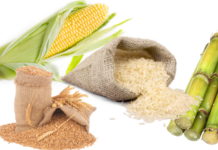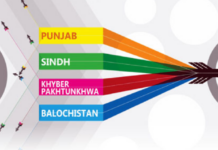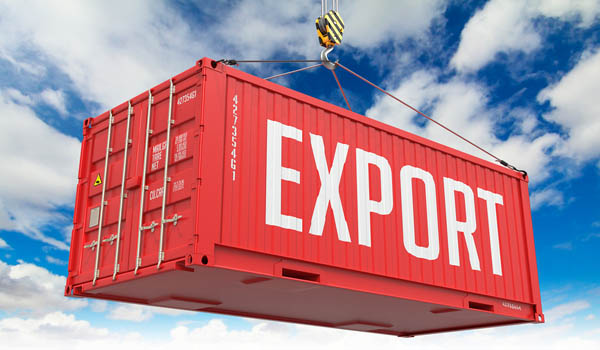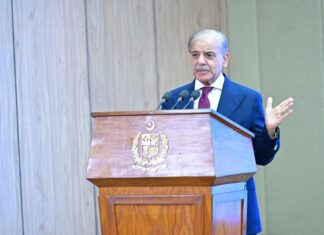The Ministry of Commerce has raised concerns about the feasibility of achieving the government’s ambitious $60 billion export target for 2029, citing both domestic and international challenges.
As per reports, the Ministry acknowledged that achieving the export target is becoming increasingly difficult due to external factors such as ongoing US tariffs, the Russia-Ukraine conflict, and a global market slowdown. Domestically, high energy costs and infrastructure constraints are also seen as major obstacles to sustained export growth.
The ministry noted that achieving the $60 billion target will depend on key enablers such as trade diplomacy, small and medium-sized enterprise (SME) capacity building, enhanced market access, and institutional reforms, all requiring a whole-of-government approach.
The ministry emphasised that efforts to address these challenges include ongoing tariff rationalisation to reduce industrial costs and an enhanced focus on e-commerce, which is seen as a critical enabler of modern trade. A new e-commerce policy is in the works to improve regulations, strengthen digital infrastructure, and offer support to online exporters.
In addition to e-commerce, a new domestic commerce policy is being developed to revitalise local production, increase domestic surplus, and improve export capacity. The ministry stressed that a coordinated approach involving financial support, regulatory facilitation, energy pricing reforms, and trade mechanism improvements is essential for driving export growth.
On the financial front, the ministry revealed efforts to reduce policy rates and expand export facilitation schemes, as well as revive concessional financing mechanisms aimed at promoting solar energy and supporting industrial growth. Ensuring regionally competitive energy pricing and reliable power for export-oriented industries remain key priorities.
The ministry is also addressing inefficiencies in the domestic market, including streamlining the clearance process for imported inputs essential for export industries. Existing export facilitation schemes are being revamped for better targeting, and the Ministry is pursuing expedited refund claims to support exporters.
The ministry also emphasised sector-specific roadmaps for agriculture, food processing, manufacturing, mining, and textiles, with a focus on increasing non-textile product exports. Progress has already been made in the manufacturing, mining, and agriculture sectors, which are showing growth in both value and share of total exports.
However, the Ministry acknowledged that foreign direct investment (FDI), industrial relocation, and mineral exploration are critical factors in achieving the target. External challenges such as US tariffs and the global market slowdown continue to pose significant risks to the export sector.
The Ministry of Commerce remains at the forefront of efforts to improve Pakistan’s export competitiveness, but achieving the $60 billion target by 2029 will depend on overcoming a series of complex hurdles.























